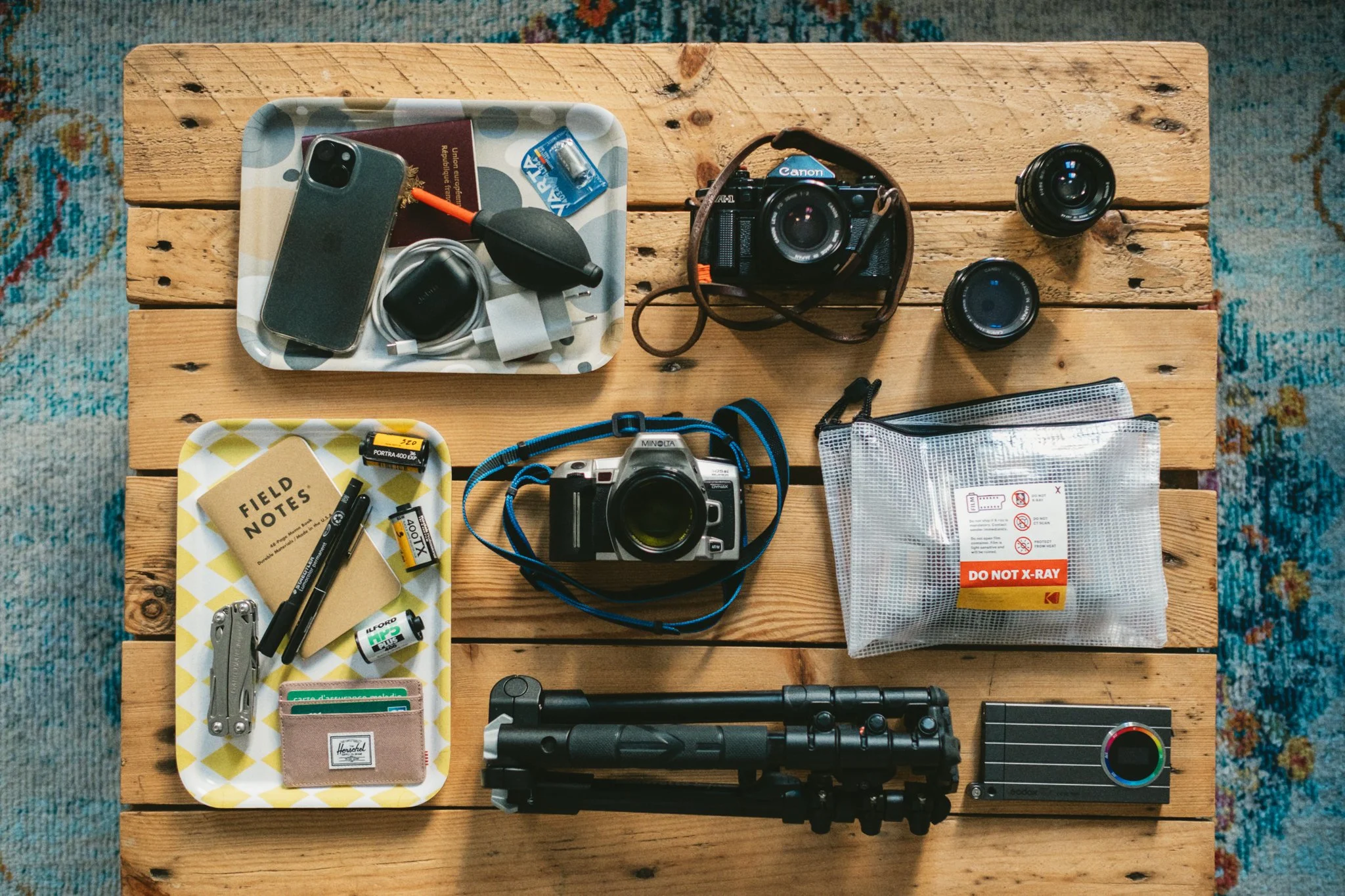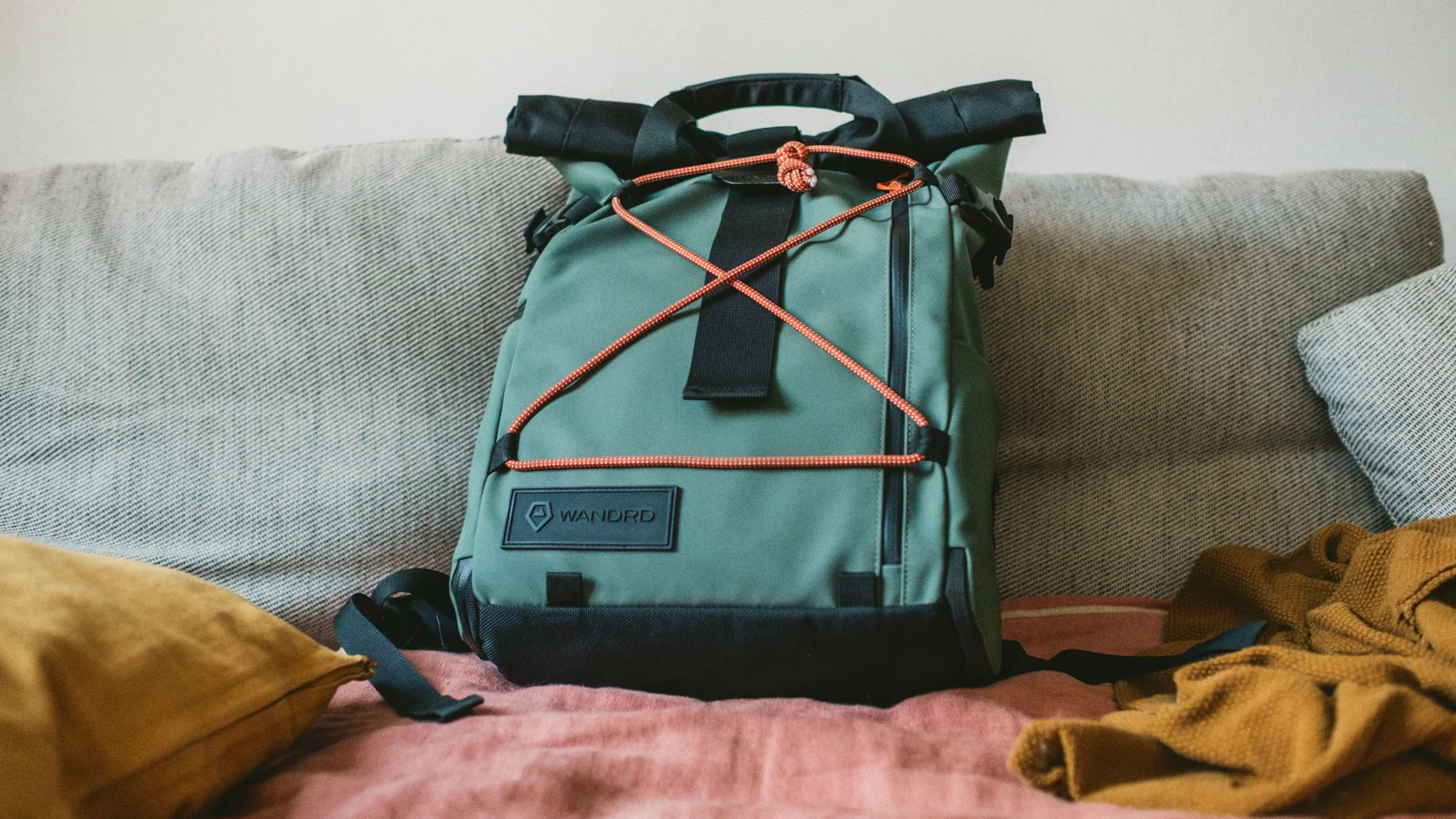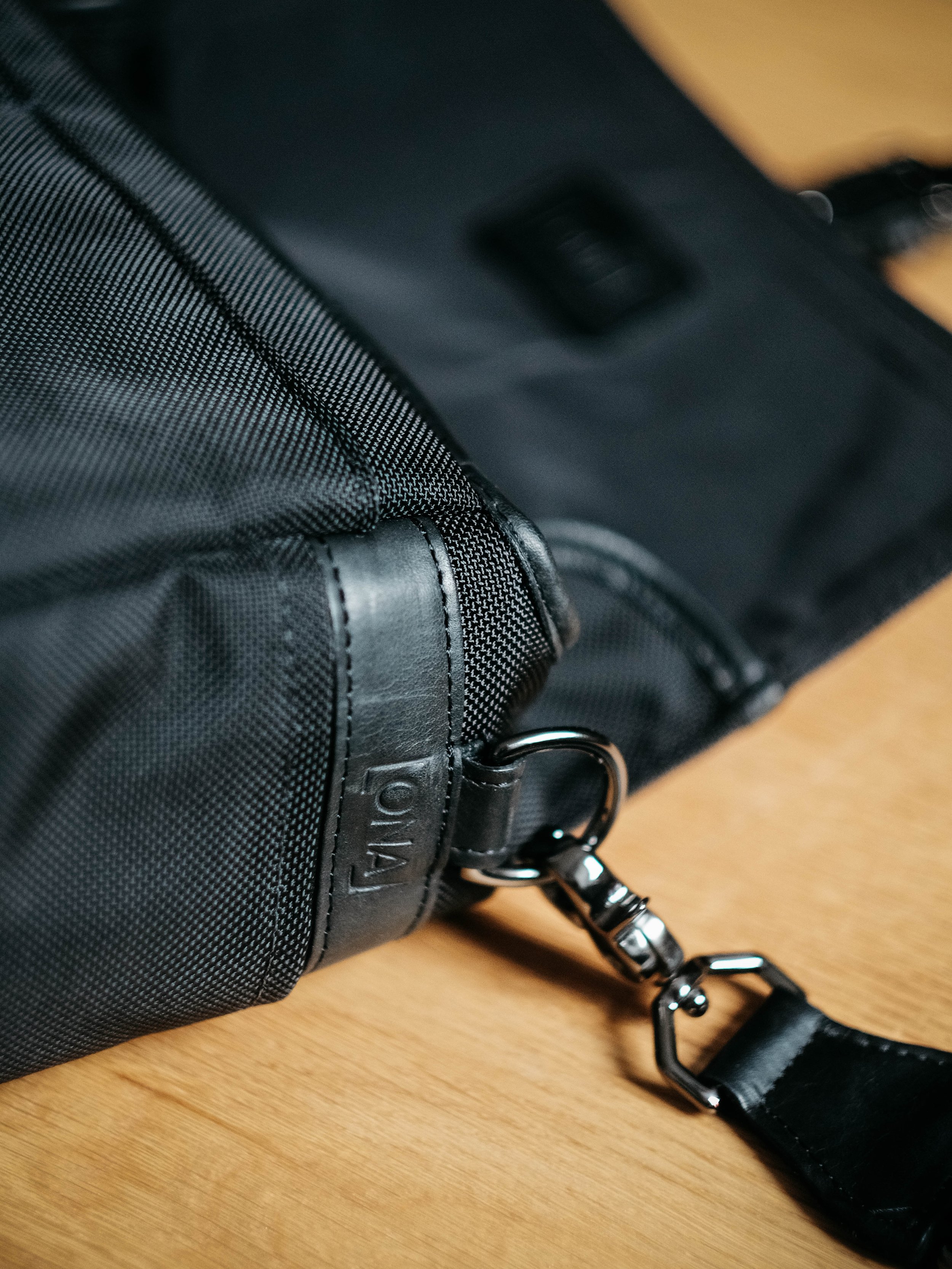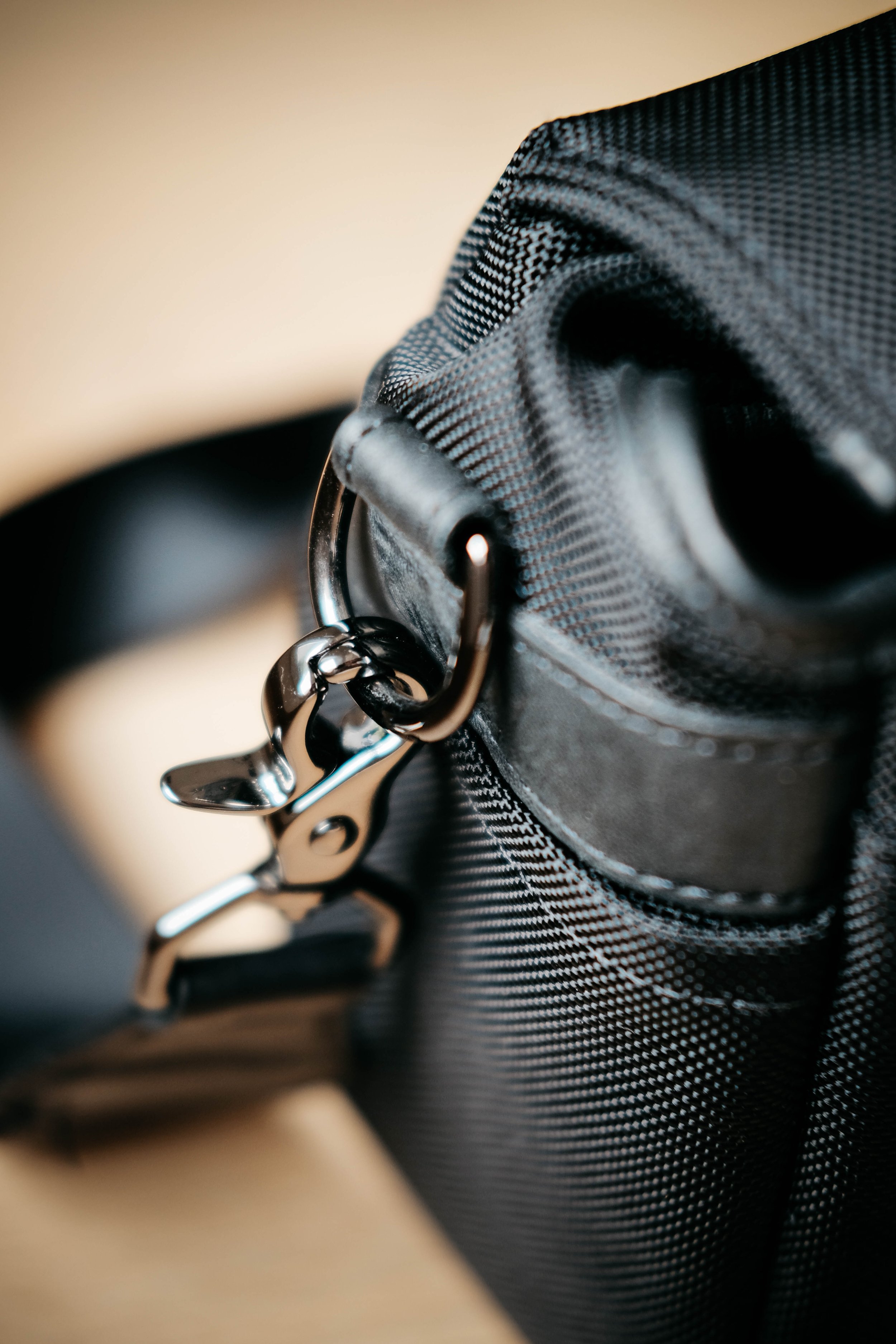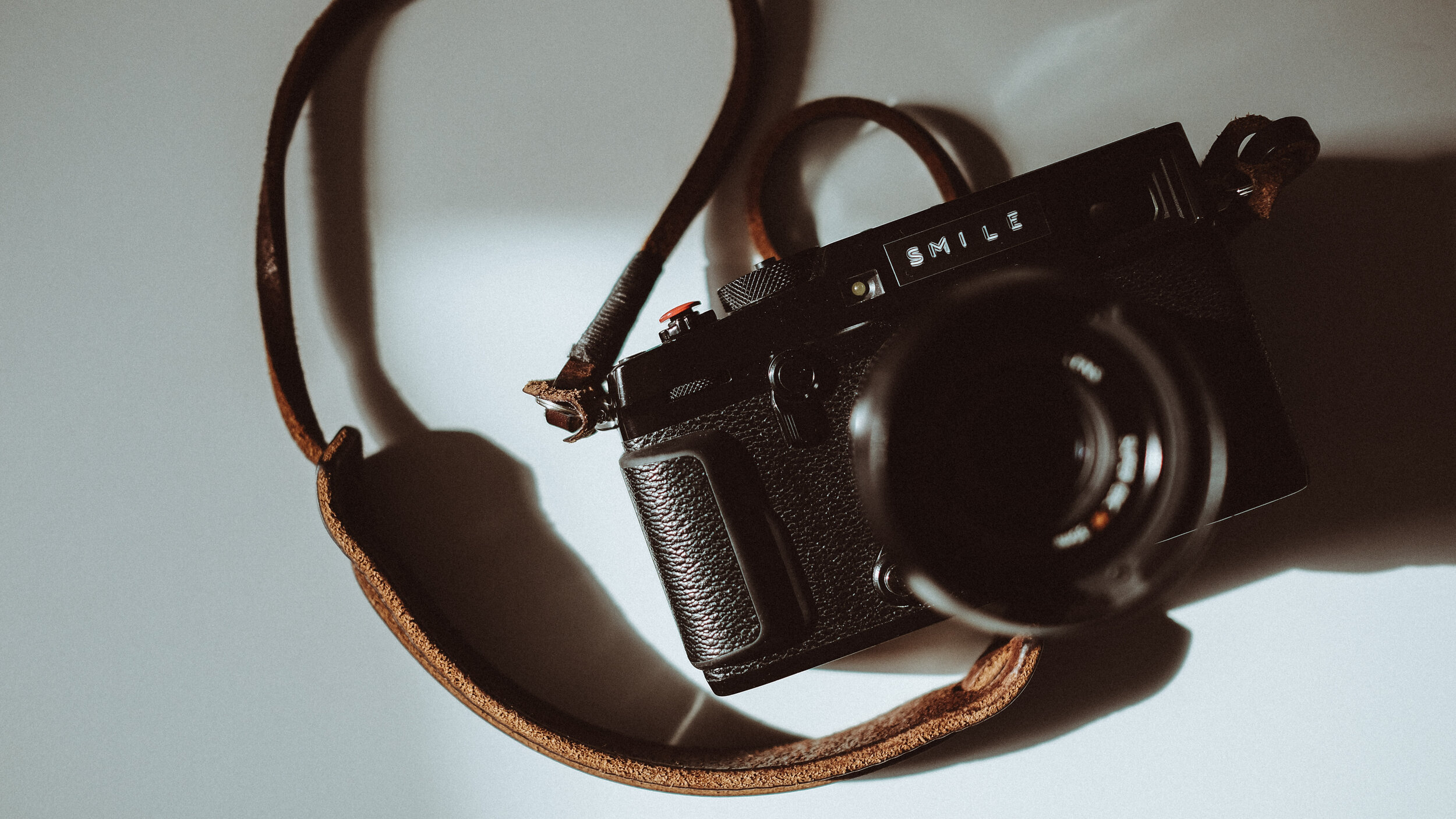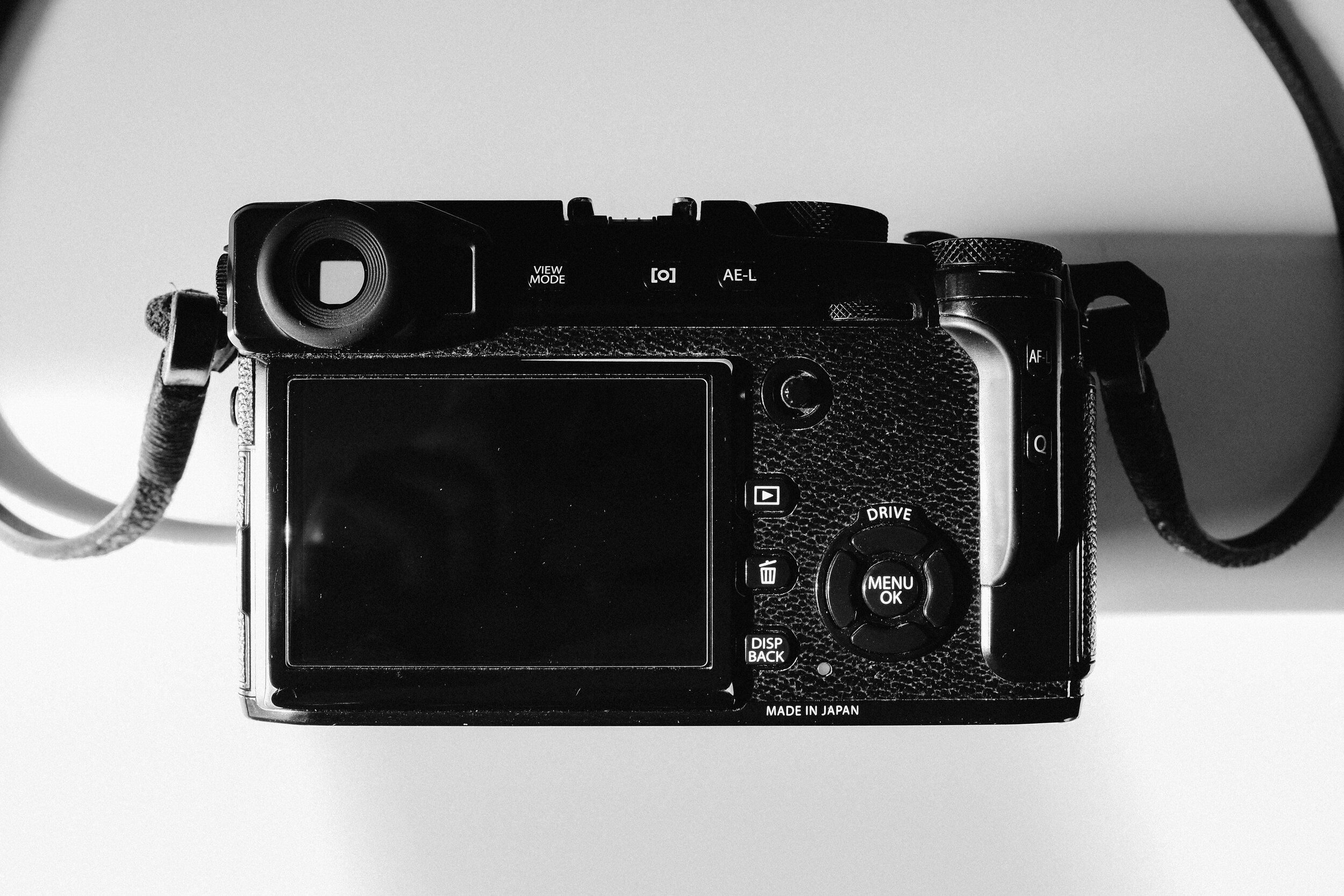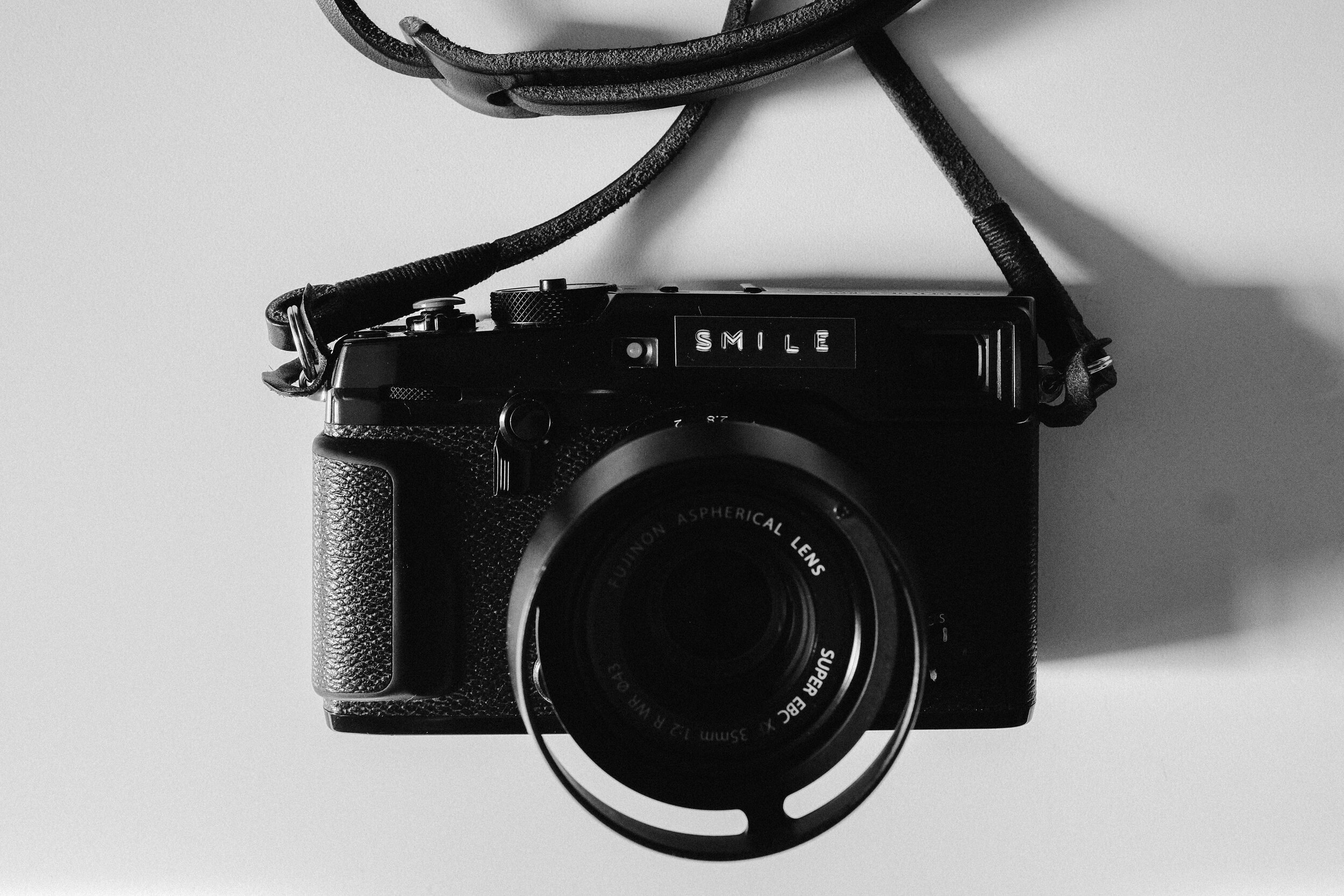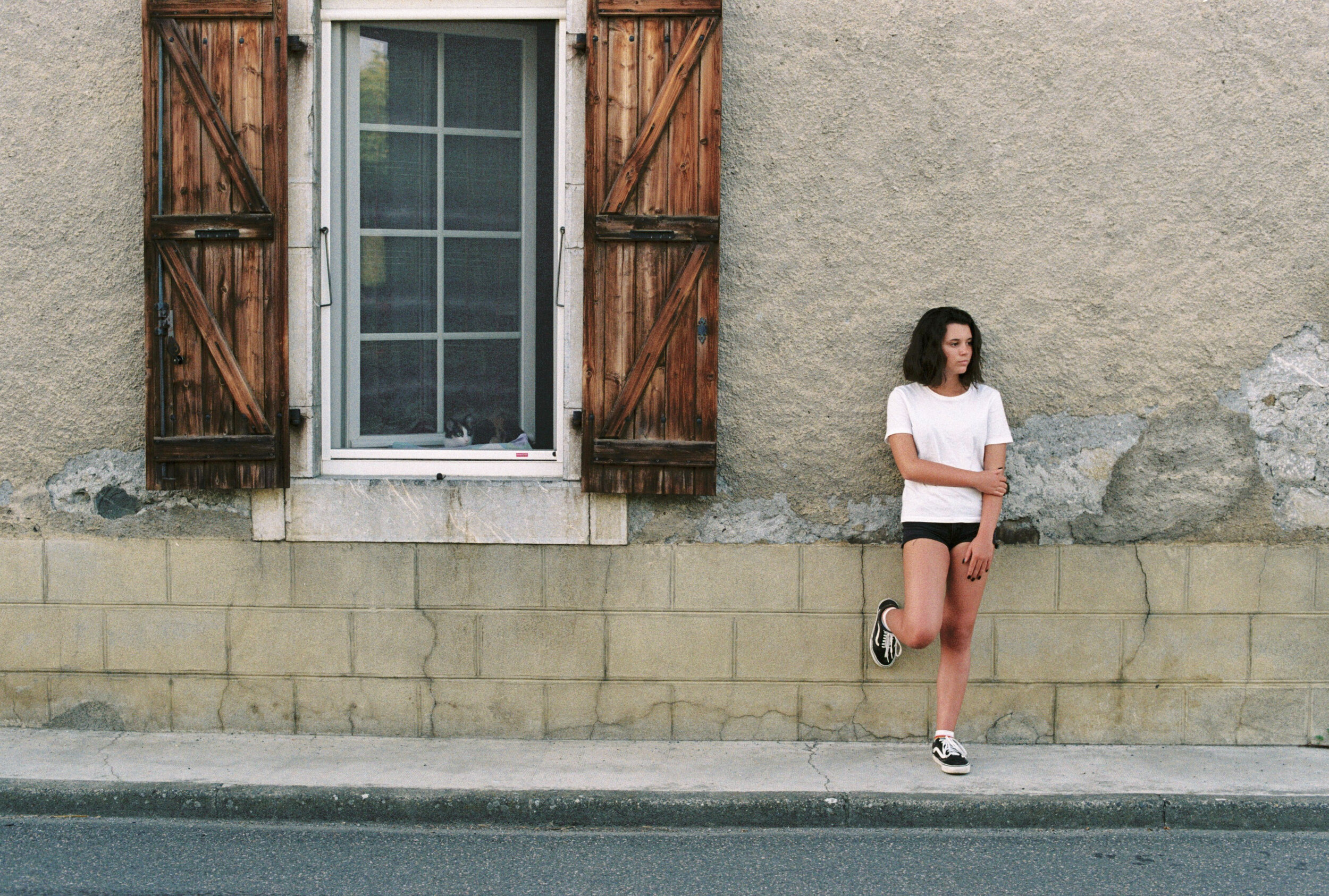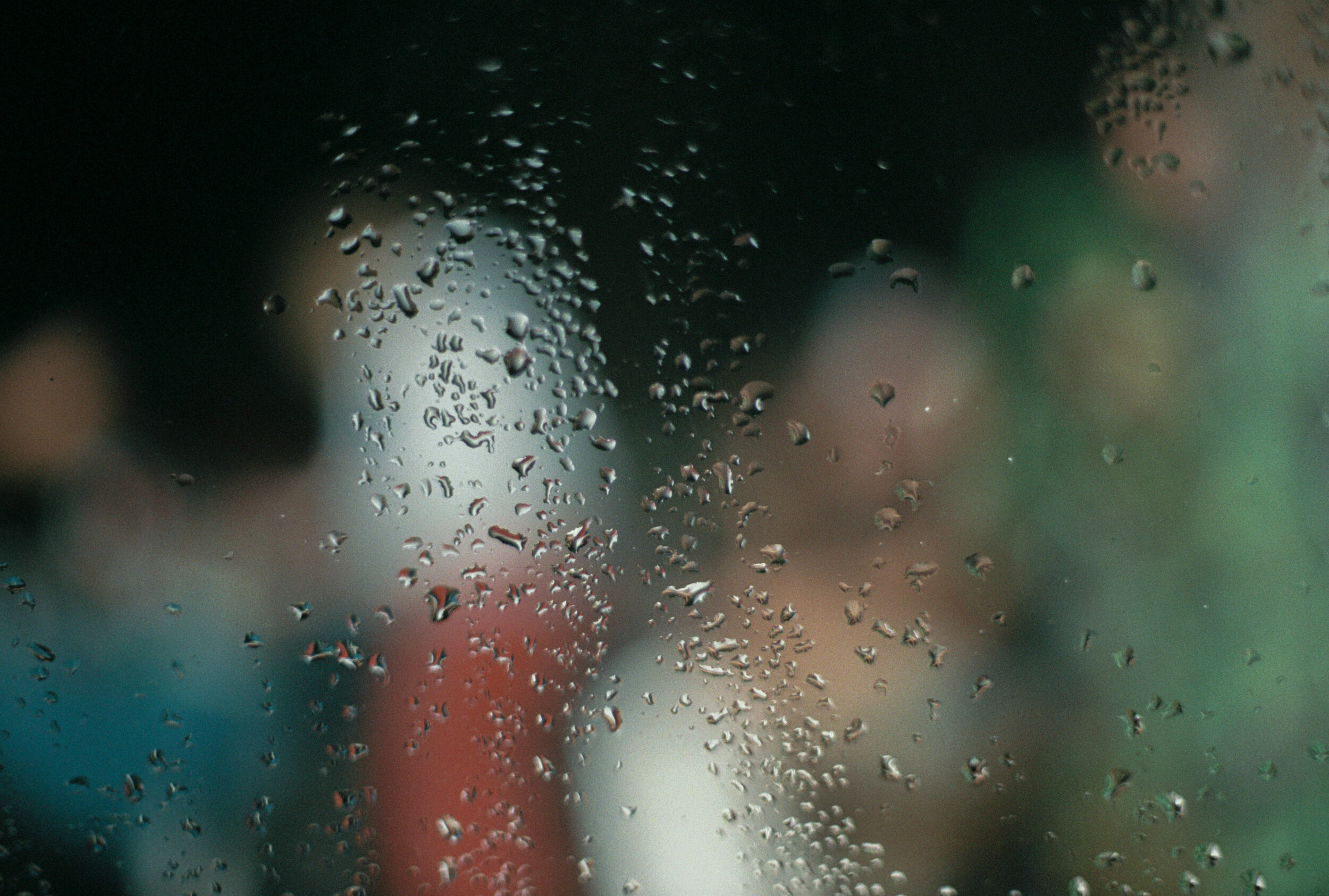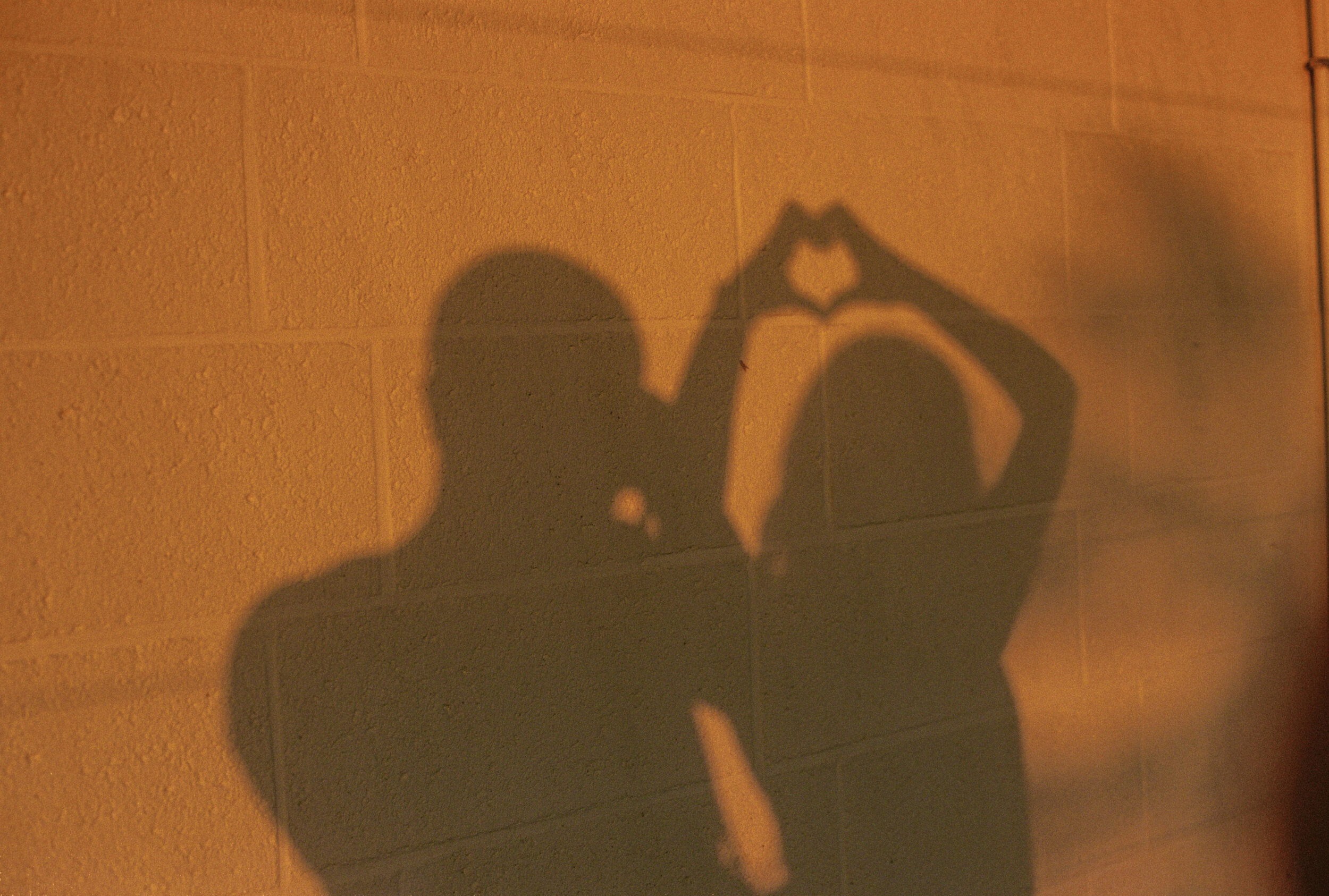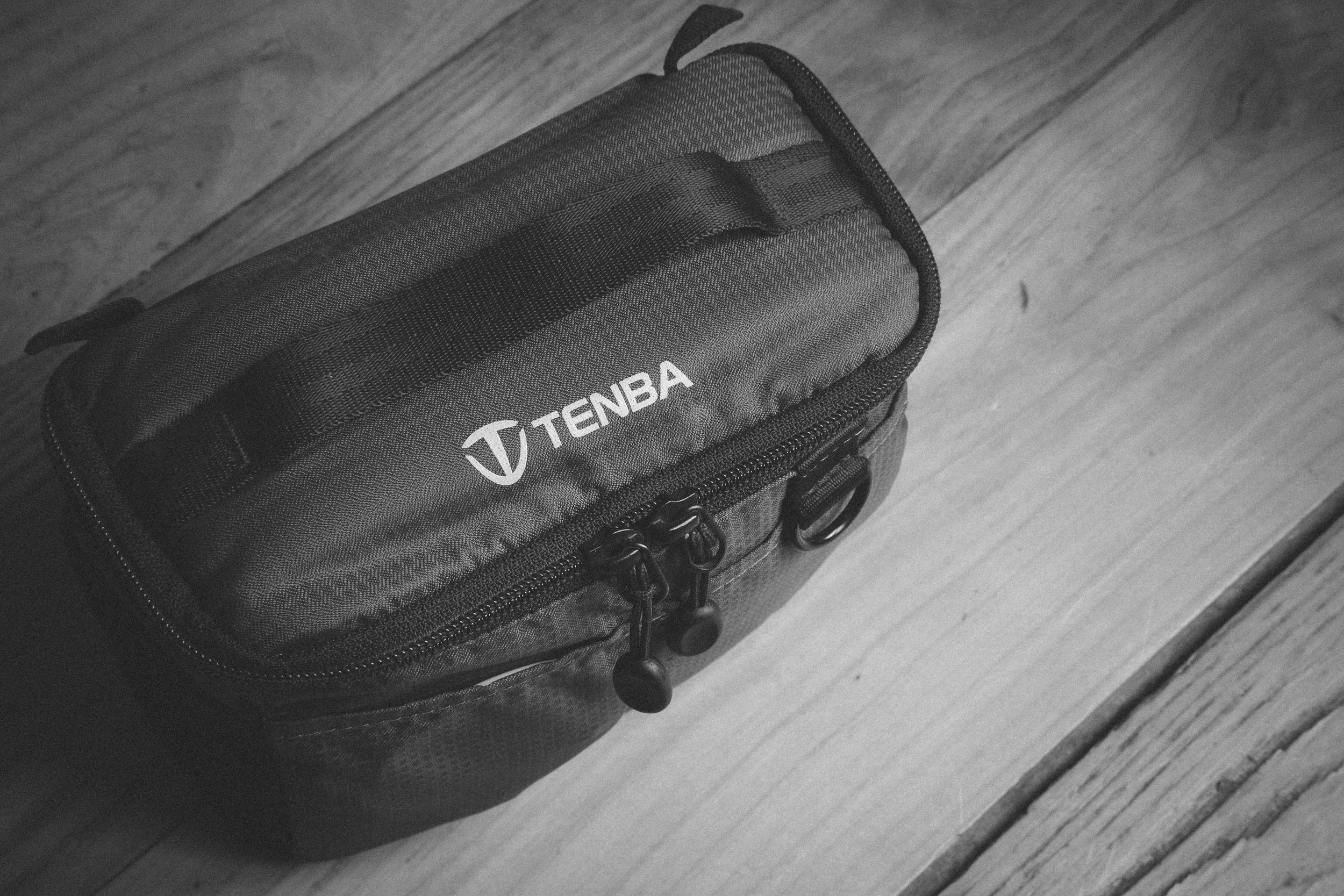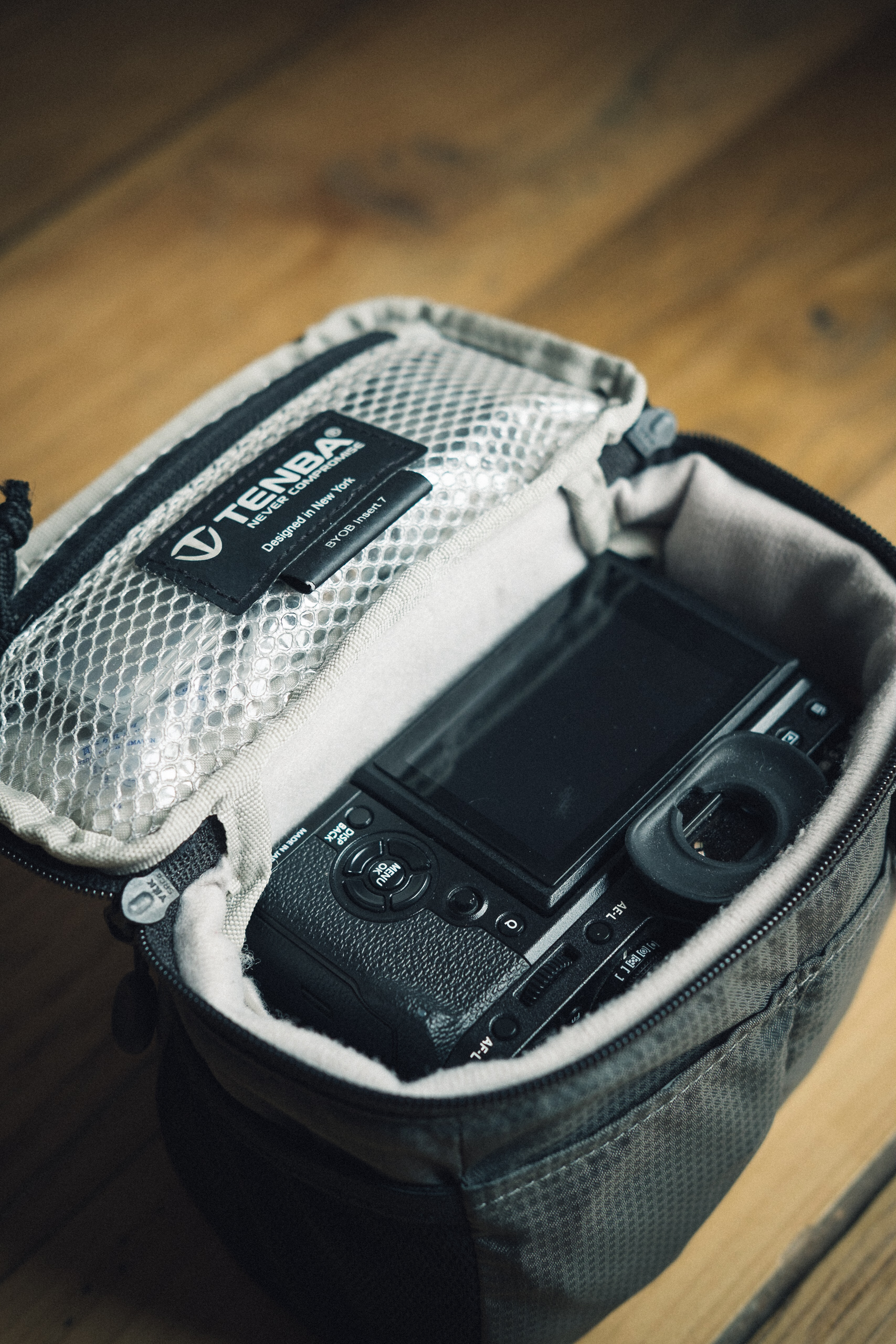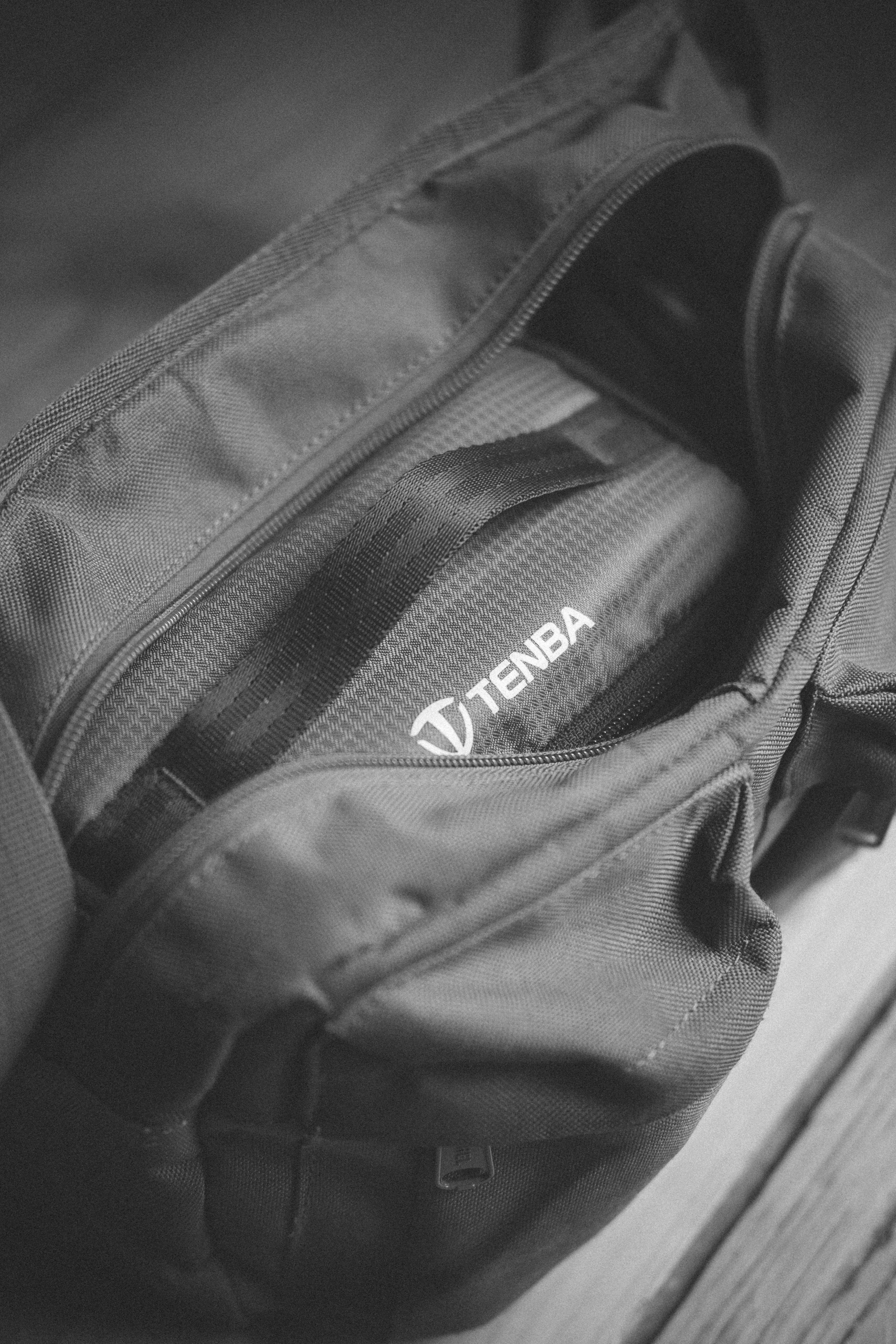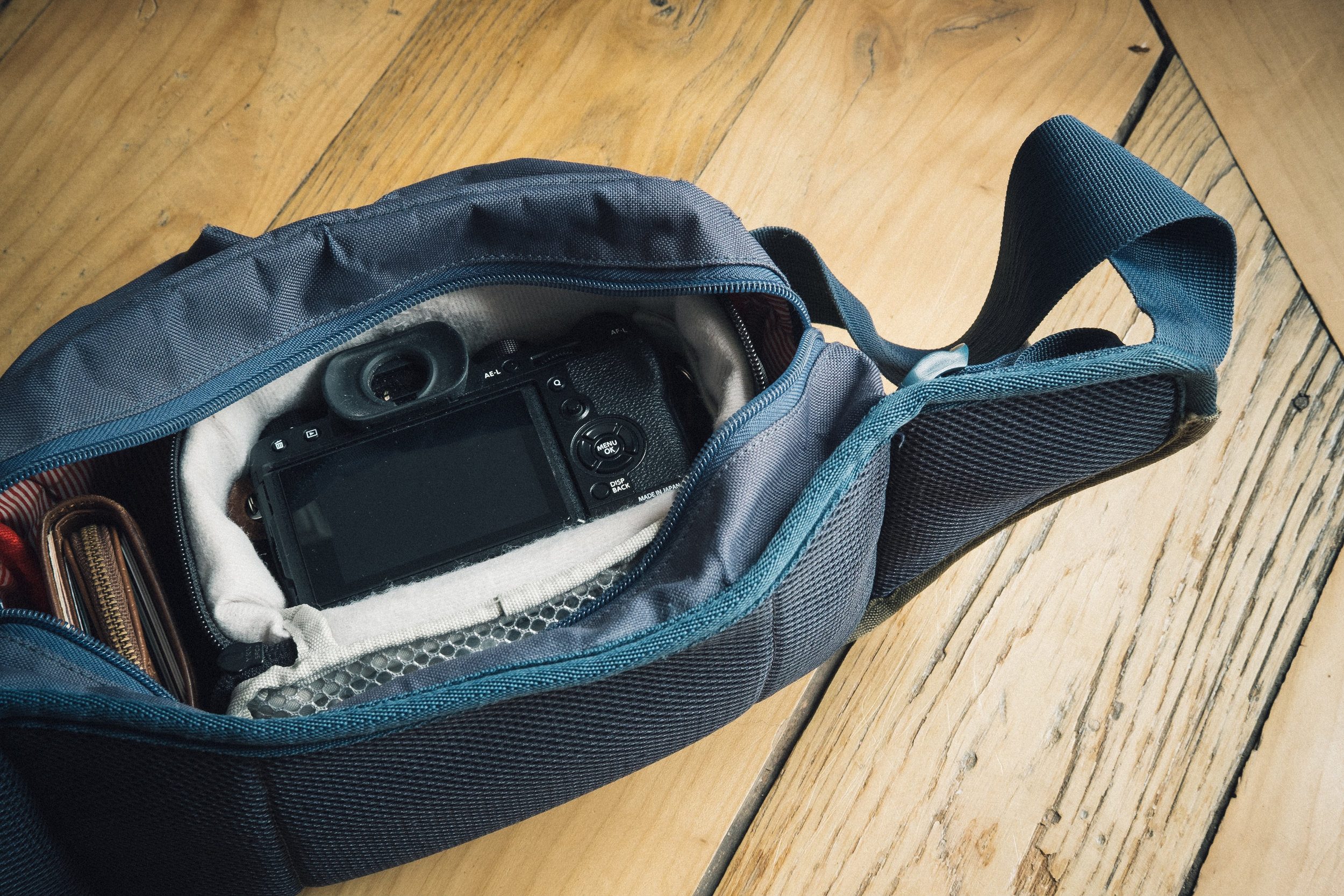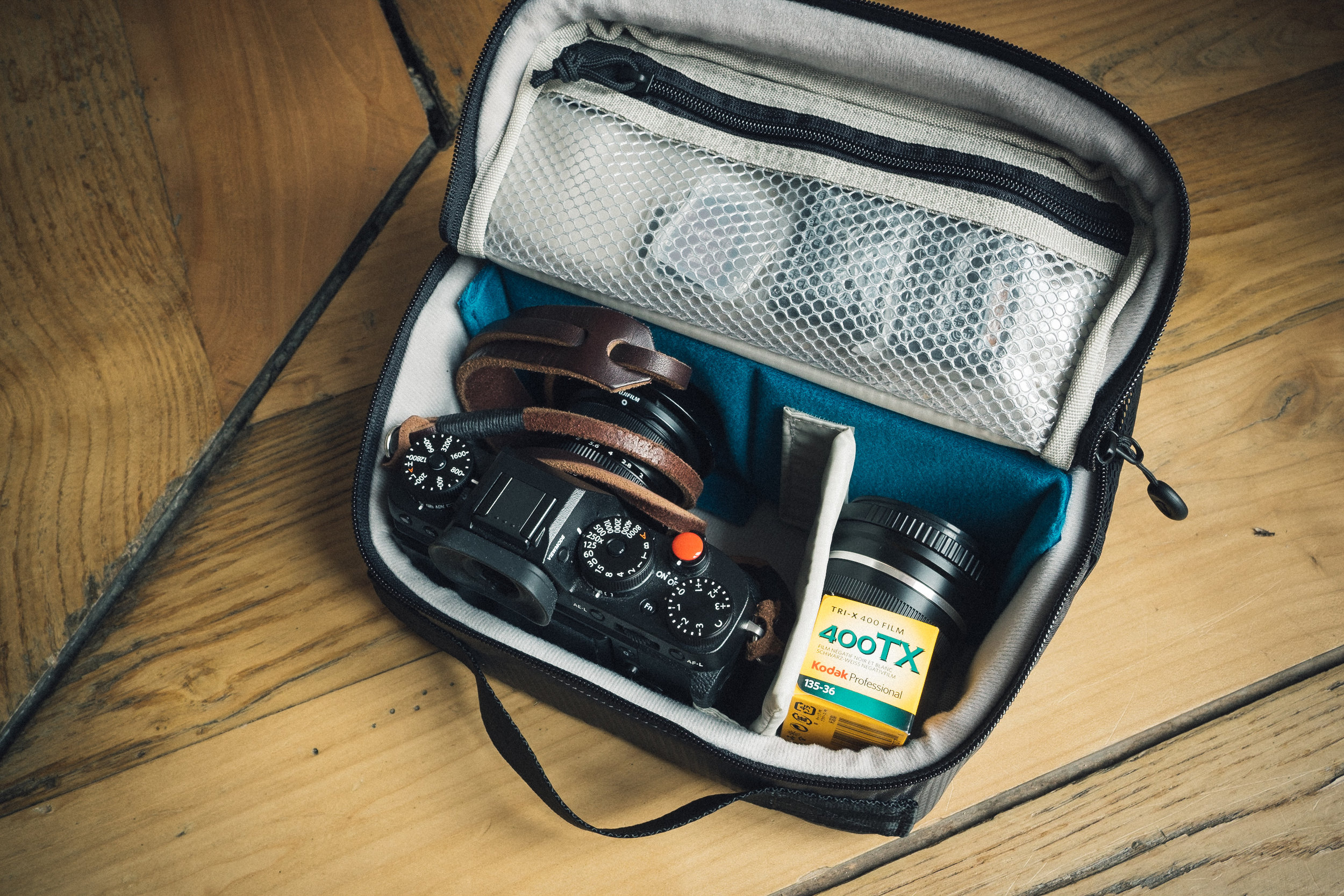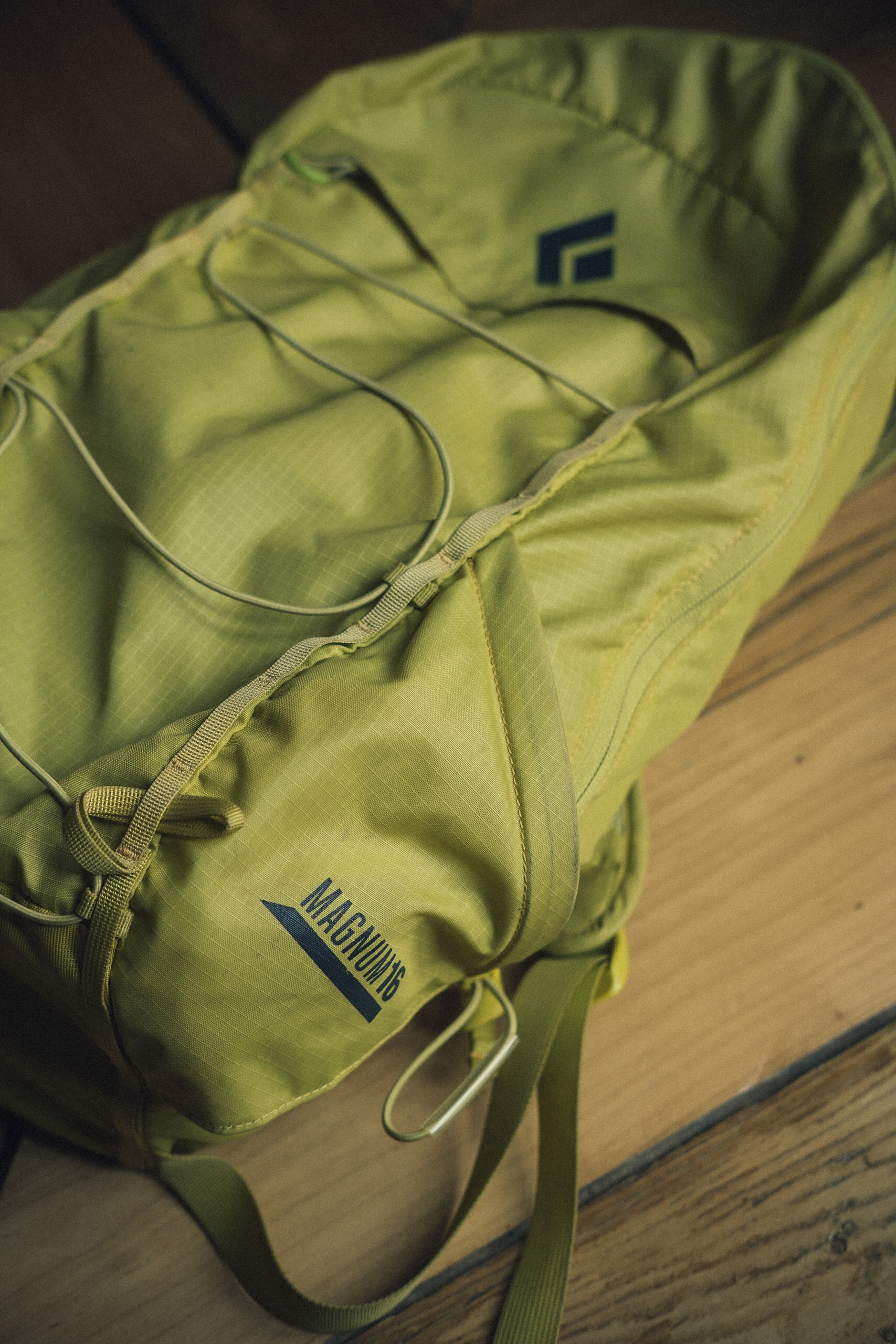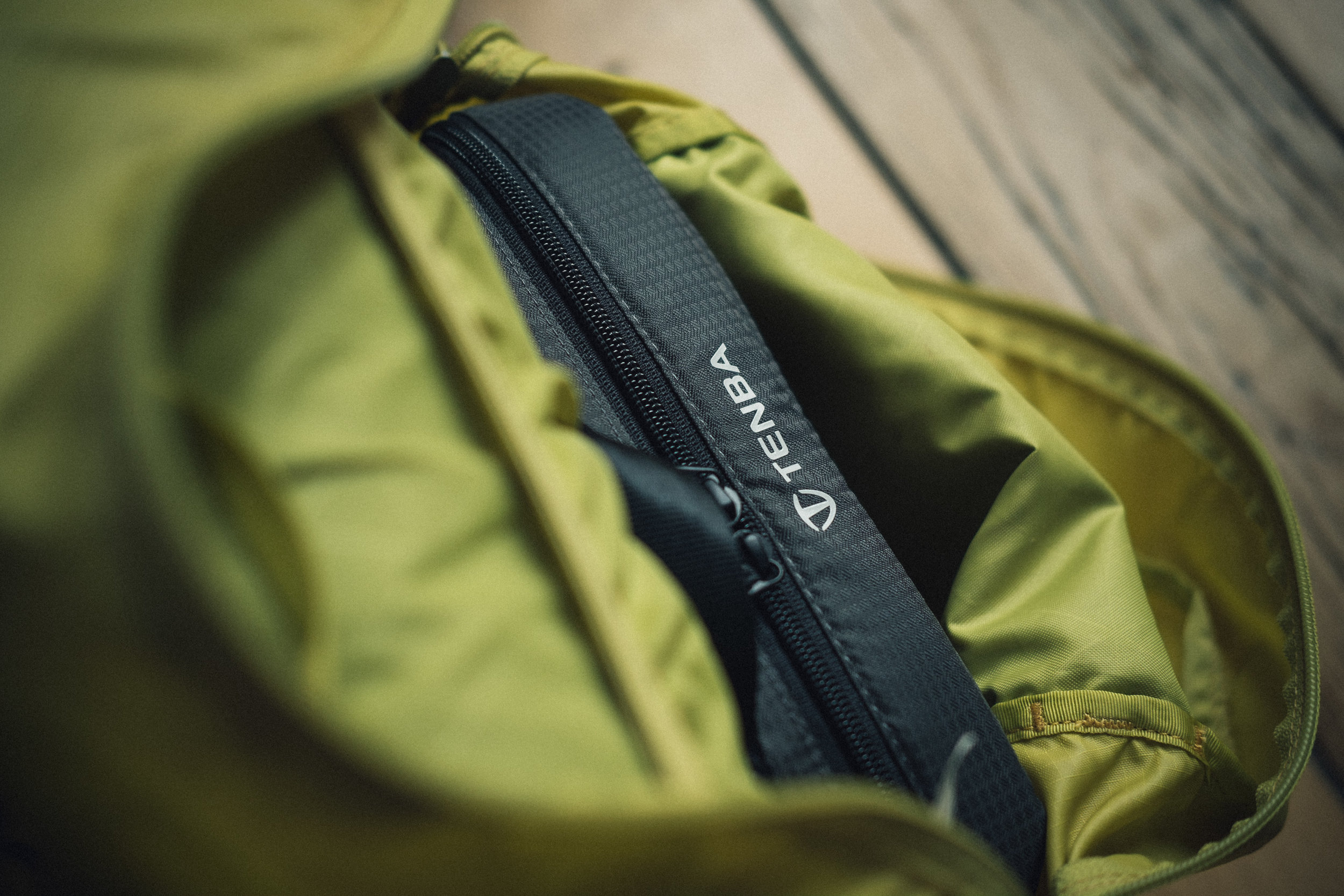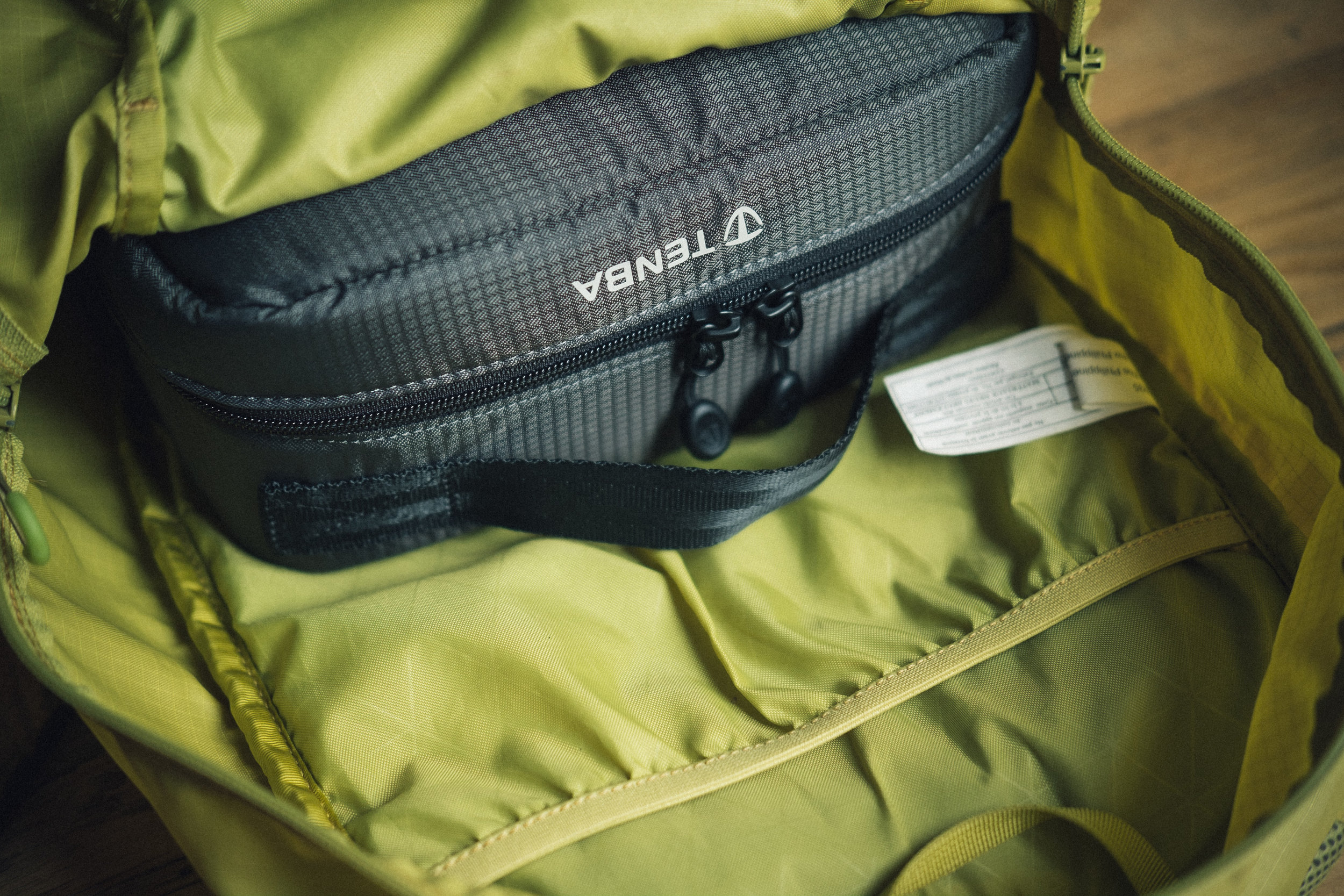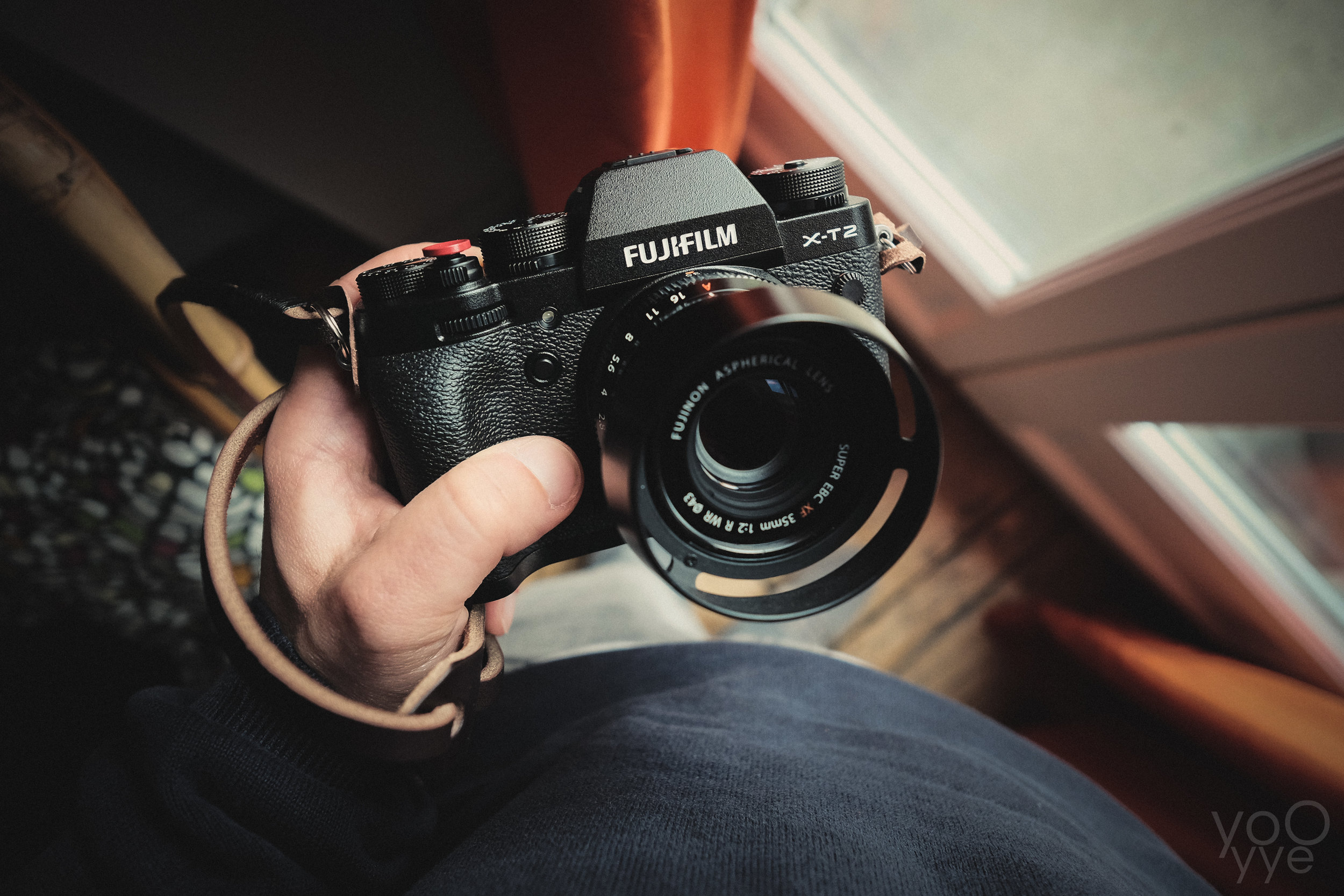Que la vie semble fade après ces voyages …
Cela fait une dizaine de jours que je suis de retour en France. Mais ma tête est encore là-bas. Je me souviens qu’après la Thaïlande, il m’avait fallu plusieurs semaines pour « redescendre sur terre ». Je ressens la même chose aujourd’hui : cette sorte de dépression post-voyage. Il paraît que c’est normal. Mais est-ce aussi normal de consulter les offres d’emploi du pays dont on revient ?
Je ne vais pas partager maintenant tout ce que j’ai fait durant ce trip, ni les sentiments que j’ai ressentis et que je ressens encore. Je le ferai sûrement plus tard, quand j’aurai les images. Dans tous les cas, je vais laisser passer un peu de temps, pour que tout mûrisse. Et surtout, je vais essayer de digérer et de reprendre une vie normale.
Aujourd’hui, je vais simplement partager le matériel photo que j’avais emmené avec moi.
J’ai longtemps hésité entre faire du tout numérique ou du tout argentique pour ce voyage. Mais je ne voulais pas mélanger les deux technologies. Je n’avais pas du tout envie de galérer et de passer des heures à retoucher mes images pour qu’elles ressemblent le plus possible à celles faites en argentique. J’ai réussi à faire le stock de pellicules que je voulais avant de partir ; j’ai donc choisi le 100 % argentique.
J’avais juste la crainte que les agents des aéroports passent mes pellicules au scanner, mais ils ont été sympas à Montréal. Un peu moins à Toulouse …
Pellicules
10 Kodak Portra 400 — Je voulais partir avec de vraies 400 ISO. Je ne savais pas trop quel temps j’allais trouver là-bas, ni quelle lumière. Nous arrivions au Québec en plein milieu de l’automne : il commençait à faire nuit assez tôt et je ne voulais pas être coincé avec des 200 ISO et devoir sortir le trépied trop souvent. Il n’y a pas beaucoup de choix en couleur à 400 ISO. Je sais qu’elles sont trop chères, mais je les connais bien et je suis sûr du résultat. Alors j’ai quand même acheté deux packs de Portra 400 : c’était mon cadeau de Noël en avance.
3 Ilford HP5 & 2 Kodak Tri-X — Pour les jours de mauvais temps, je voulais prendre quelques pellicules en noir et blanc. J’ai choisi des valeurs sûres : elles sont très flexibles. J’aime leur grain et leur contraste.
Appareils
Canon A-1 — Je voulais emporter deux appareils 35 mm. J’en ai donc pris un pour la couleur et un pour le noir et blanc. Je ne voulais pas devoir terminer trop vite une pellicule de peur de rater certaines photos en couleur, ou d’être coincé avec une pellicule couleur un jour où il faisait gris. Le Canon A-1 était donc dédié à la couleur. Le 35mm f/2 l’a accompagné presque en permanence, avec son filtre Skylight 1A.
Minolta Dynax 505 Si — L’appareil que m’a donné ma cousine il y a quelques années. Je l’adore. Il était dédié au noir et blanc, avec un objectif 50mm f/1.7 et un filtre jaune pour renforcer les contrastes.
Objectifs
J’avais aussi, pour le Canon, un 28mm f/2.8 au cas où je me sentirais trop serré avec le 35mm sur certaines photos de paysage, et un 50mm f/1.4 pour les situations de faible lumière. Et surtout parce que je ne peux pas partir sans lui. Je les ai finalement très peu utilisés.
Sac
Wandrd Prvke 21L — Je l’ai depuis quelques années. Je le trouve parfois un peu trop grand et encombrant pour moi. Il fait un peu mal aux épaules sur les longues marches, mais il est solide, beau et très bien conçu.
Accessoires
Trépied Manfrotto BeFree — Je l’ai depuis bientôt dix ans : il fait le job, et je ne suis pas près de le changer.
Lampe led Godox M1 — J’aime bien l’avoir quand la lumière commence à manquer, ou pour créer quelques effets sur certaines photos.
Carnet Field Notes — Mon journal de voyage, et pour noter mes impressions ou les conditions de mes prises de vue.
Piles de rechange pour les appareils photo.
Couteau multifonctions Leatherman Wave — Au cas où je devrais remplacer le moteur de la voiture de location… ou affronter un ours.
Pochettes “DO NOT X-RAY” pour le transport des pellicules.
Poire soufflante et chiffons pour la poussière.
Voilà. J’ai fait 13 pellicules pendant ce voyage : 9 en couleur et 4 en noir et blanc.
J’ai eu un peu de mal à sortir mon appareil au début ; j’étais un peu perdu. Ce pays est tellement photogénique que je ne savais pas par où commencer.
J’ai pris énormément de plaisir par la suite. Trop, je crois.
Que la vie semble fade après ces voyages …
How dull life feels after these trips …
It’s been about ten days since I came back to France, but my head is still over there. I remember that after Thailand, it took me several weeks to come back down to earth. I feel the same way now : that kind of post-travel depression. Apparently, it’s normal. But is it also normal to start checking job offers from the country you just left ?
I’m not going to share everything I did during this trip just yet, nor the feelings I had and still have. I’ll probably do that later, when I have the photos. For now, I’ll let some time pass, let it all sink in, and try to digest everything and get back to a normal life.
Today, I just want to share the photo gear I brought with me.
I hesitated for a long time between going fully digital or fully film for this trip. But I didn’t want to mix both worlds. I really didn’t feel like spending hours editing digital photos to make them look like film. I managed to stock up on the rolls I wanted before leaving, so I went 100% film.
My only concern was that airport security might put my rolls through the scanner. But they were kind enough in Montréal. A bit less in Toulouse …
FILM
10 Kodak Portra 400 — I wanted to bring real 400 ISO rolls. I wasn’t sure what kind of weather or light I’d get there. We arrived in Québec in the middle of autumn: the days were getting shorter, and I didn’t want to be stuck with 200 ISO and have to pull out the tripod too often. There aren’t many color options at 400 ISO. I know they’re too expensive, but I trust them and I know what I’ll get. So I bought two packs of Portra 400. That was my early Christmas present.
3 Ilford HP5 & 2 Kodak Tri-X — For bad weather days, I wanted some black and white rolls. I went with the classics: very flexible, with a grain and contrast I really love.
CAMERAS
Canon A-1 — I wanted to take two 35mm cameras: one for color and one for black and white. I didn’t want to rush through a roll just to switch colors, or be stuck with color film on a gray day. The Canon A-1 was dedicated to color. The 35mm f/2 stayed on it almost all the time, with a Skylight 1A filter.
Minolta Dynax 505 Si — A camera my cousin gave me a few years ago. I love it. It was dedicated to black and white, with a 50mm f/1.7 lens and a yellow filter to boost contrast.
LENSES
For the Canon, I also packed a 28mm f/2.8 in case the 35mm felt too tight for landscapes, and a 50mm f/1.4 for low light. And mostly because I just can’t travel without it. I ended up barely using them.
BAG
Wandrd Prvke 21L — I’ve had it for a few years. Sometimes it feels a bit too big and bulky for me. It can hurt the shoulders on long walks, but it’s sturdy, good-looking, and really well designed.
ACCESSORIES
Manfrotto BeFree Tripod — I’ve had it for nearly ten years. It does the job, and I’m not planning to replace it anytime soon.
Godox M1 LED Light — I like having it when the light starts to fade, or to create a few creative effects on some shots.
Field Notes Notebook — My travel journal, and a place to jot down notes about the photos I take.
Spare batteries for the cameras.
Leatherman Wave multi-tool — Just in case I need to replace the rental car engine… or fight off a bear.
“DO NOT X-RAY” film pouches for airport security.
Air blower and cleaning cloths for dust.
So, I shot 13 rolls during this trip : 9 in color and 4 in black and white.
At first, I had a bit of trouble getting my camera out; I felt a little lost. The country is so photogenic that I didn’t even know where to start.
But later on, I had an incredible amount of fun. Maybe too much.
How dull life feels after these trips …

